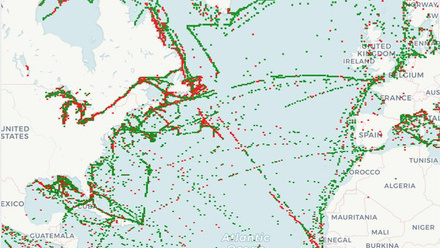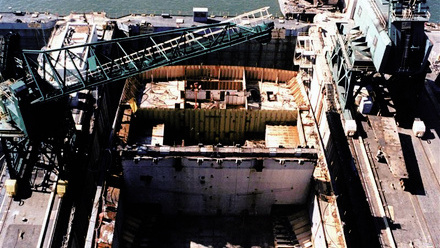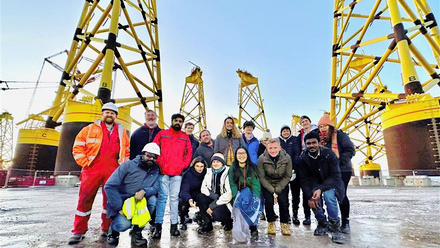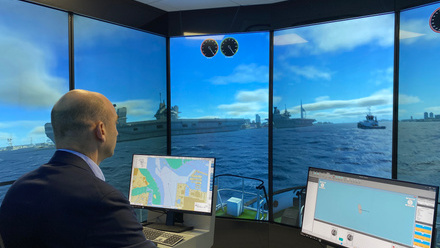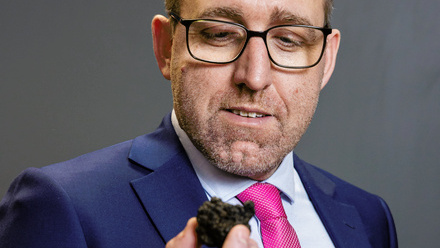The latest in underwater robots: remote and autonomous machines making waves
Three examples of how technical innovation is extending human reach in the oceans.
Continuing advancement in the underwater robotics sector is enabling an ever-growing range of complex operations to be conducted more efficiently, safely and sustainably than by traditional methods.
Saab’s United Kingdom Naval Head of Sales and Marketing, Chris Lade, confirms his firm has developed a ‘comprehensive range’ of underwater robotic systems over the past 30 years. Designed to meet diverse maritime needs and ‘trusted globally for their reliability, cutting-edge technology and advanced capabilities’, this product range includes work class remotely operated vehicles (ROVs) for heavy-duty tasks, inspection and observation ROVs for detailed monitoring, survey ROVs for precise data collection, and autonomous underwater vehicles (AUVs) for survey operations and military training.
“Notable models like the eWROV – an electric Class III B ROV – offer superior efficiency and environmental benefits, while the Seaeye eM1-7 electric manipulator provides advanced control and high accuracy,” Lade enthuses.
“The Seaeye Falcon excels in intricate and varied missions to a maximum depth of 1,000 metres, and the hybrid Sabertooth AUV/ROV operates at depths down to 3,000 metres and can be configured to operate as an autonomous underwater resident vehicle.
“In the defence sector, Saab’s systems cover mine countermeasures, anti-submarine and seabed warfare counterterrorism. Civilian applications stretch across 13 sectors offering flexible, high-performance solutions across the underwater domain.”
Lade says Saab is continuing to pursue ‘pioneering innovations’ which will enhance performance, cost-effectiveness and operational capabilities.
“As an example, the eWROV delivers superior performance and environmental benefits over hydraulic systems. Its electric thrusters are 48% more efficient than hydraulic thrusters, offering comparable or higher levels of thrust and increased reliability.
“This efficiency translates to lower operational costs and reduced environmental impact. Additionally, the eWROV can operate from shore, eliminating the need for support vessels, further reducing expenses and logistical requirements.
“Another example is the Sabertooth, which can operate from undersea remote docking, eliminating the need for surface support vessels and drastically cutting deployment costs and time. The Sabertooth’s autonomous capabilities and 360-degree manoeuvrability make it ideal for complex underwater operations, offering substantial savings in time and resources compared to traditional methods that require extensive human intervention and surface support.”
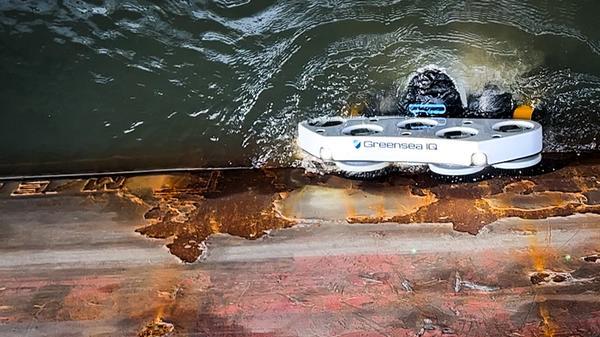
Hull cleaning on another level
A developer of subsea robotic technology over the past two decades, Greensea IQ launched the ‘first-of-its-kind’ EverClean hull cleaning service in 2021, explains the firm’s Chief Growth Officer, Rob Howard.
“EverClean employs advanced robotics, replacing traditional reactive cleaning methods with regular, gentle in-water cleaning meant to keep hulls ‘always clean’,” says Howard.
“This ensures optimal hydrodynamic performance and significantly reduces fuel consumption and greenhouse gas emissions on the ship regardless of the coating or the fuel being used. The EverClean service is based on a monthly subscription and the service is configured to address the unique operational needs of the vessel.”
Howard says the 1075mm x 565mm and 35-kilogram robots used to perform the EverClean operation are designed to be single-person, portable tools which safely clean and collect data on ships below the water line.
“[They deliver] a cleaning swath of 700mm at maximum speed of one metre per second. The system was custom built to be efficient, cost-effective and scalable. The system uses a non-magnetic attractor to work on the hull using specifically designed tracks that do not damage coatings to move forward and backward.
“The robot also has the ability to ‘fly’ in the water which adds capability when deploying from a pier or dockside or if there is a need to inspect propellers and other niche areas. [The] software operates the advanced sensor suite of cameras, sonar and navigation instruments to give the robots the ability to navigate a ship’s hull efficiently and effectively as well as work in zero visibility with minimal inputs from the service technician overseeing the cleaning.”
He says the advanced software and hull-relative navigation capability used to support the autonomy of the robot are the firm’s ‘biggest advantage’.
“[The robot] navigates the hull in an efficient way so as to not overwork the same areas and get as much of the surface clean each time, in as short a time as possible, to provide the greatest performance increases for the customer.”

Grabbing the headlines
Reach Robotics Marketing Manager Amanda Mathews says her firm, which entered the sector in 2016 with a dual-function rotating grabber for portable ROVs, is ‘extending human reach into harsh environments’.
“Our systems enable clients in mission-critical defence and commercial offshore sectors to remotely inspect their infrastructure and intervene in their environment,” says Mathews. “We help our clients multiply their efficiency, eliminate risk and improve safety.”
The firm’s product offering has progressively expanded to include highly dexterous, multi-function manipulator systems which are integrated by clients globally on ‘industry-leading’ ROVs.
“Traditionally, subsea inspection and intervention is carried out by either human divers or bulky, hydraulic manipulators on large, work class ROVs. While divers provide dexterity and human precision, the advanced training and high risk make commercial and military diving a costly, unreliable solution. Similarly, operation of work class ROVs is expensive and inefficient, requiring large vessels and highly trained operators,” Mathews states.
“Our robotic manipulators bridge the gap, providing the precision and dexterity of human divers with intuitive control options that require minimal training. Their small size and weight compared to work class counterparts make them suitable for integration on a variety of portable ROVs, meaning they are faster and cheaper to deploy.
“The end effectors can also be swapped easily between our range of cutters and grabbers, or a custom payload can be affixed to meet different application requirements.”
Sign up to the Marine Biosecurity Symposium 2024 on 26-27thSeptember where hull cleaning will be discussed.
Join IMarEST’s Maritime Autonomous Surface Ships Special Interest Group to discover more about the topics raised in this article.
Tell us what you think about this article by joining the discussion on IMarEST Connect.
Main image: Saab’s eWROV in action; credit: Saab.
Inline image 1: EverClean in operation; credit: Greensea IQ.
Inline image 2: Reach X robot; credit: Reach Robotics.

